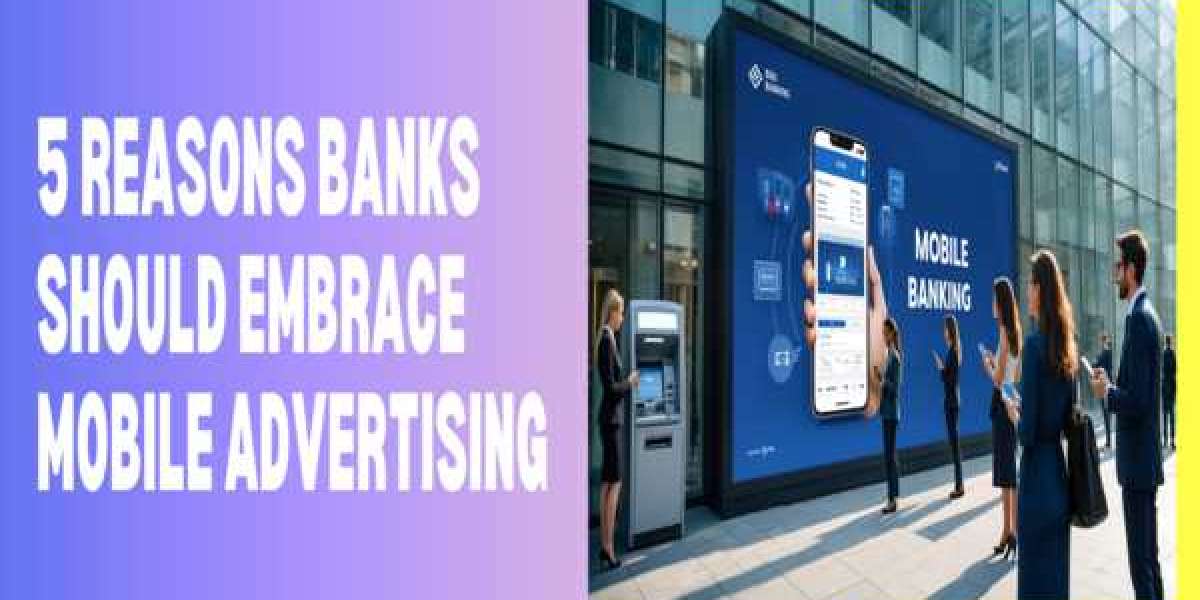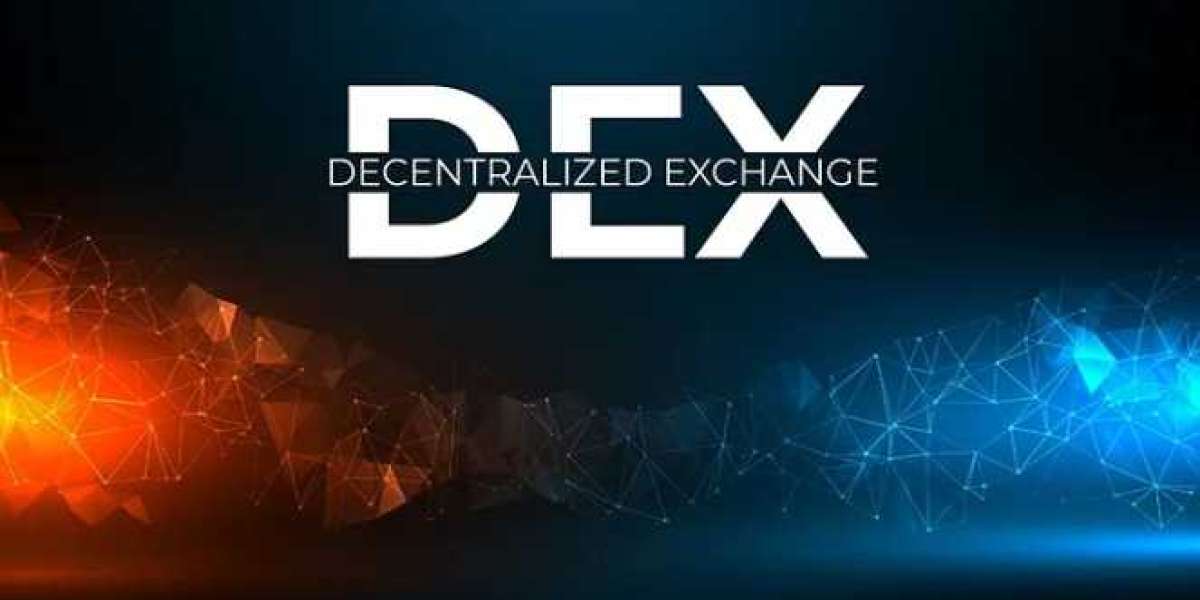The global mobile advertising market is experiencing unprecedented growth, reflecting its increasing dominance in the digital marketing landscape. Valued at USD 262.84 billion in 2025, it is projected to reach nearly USD 1 trillion by 2032, growing at a CAGR of 21.1% during this period (Source: Facebook Insights). This remarkable expansion highlights the critical role mobile advertising plays in shaping modern brand strategies and makes it an essential investment for businesses seeking sustained growth and relevance.
The surge is driven by multiple factors: rising smartphone penetration, a significant increase in mobile screen time, and evolving consumer behavior. Globally, individuals now spend an average of 4 to 5 hours daily on their mobile devices, engaging with video content, messaging platforms, social media, and banking applications. These shifts have fundamentally redefined how brands connect with audiences, pushing marketers across sectors to adopt mobile-first strategies.
The banking industry is no exception. Faced with intensifying competition and growing pressure to improve marketing ROI, many banks are moving beyond traditional outreach methods to embrace mobile advertising platforms. Solutions like Facebook Ads and Google Ads have enabled banks to reach targeted segments with personalized offers and measurable outcomes. For instance, several global banks now use these platforms for customer acquisition campaigns, loan promotions, and card usage incentives.
Beyond these mainstream tools, banks are looking for more direct, telecom-integrated platforms like moLotus mobile video advertising and interaction platform, which provides broader reach, deeper interaction, and compliance benefits. moLotus is helping forward-thinking banks engage millions of mobile users via personalized, interactive video messages—without the need for app downloads or costly data plans—driving tangible improvements in revenue growth, customer retention, and cost efficiencies.
This article outlines five compelling reasons why banks should prioritize mobile advertising as a strategic growth lever—and how platforms like moLotus are shaping the future of marketing in the banking sector.
1. Direct, Personalized Customer Reach at Scale
Today’s consumers expect tailored experiences, especially from financial institutions they trust with their money. As marketing evolves from broad, mass-media messaging to precision-targeted communication, personalization at scale has become a strategic imperative for banks.
Mobile advertising platforms are leading this shift, enabling banks to reach individuals with relevant, data-driven offers at the right moment and via the right channel.
Platforms like Facebook Ads and Google Ads have long allowed banks to run targeted campaigns based on user interests, behaviors, and location. For example, a bank may use Google’s audience insights to promote personal loans to users actively researching financing options, or use Facebook’s custom audiences to re-engage existing customers with new card offers. These platforms support extensive segmentation, A/B testing, and performance tracking, but still depend heavily on internet access, user logins, and data cookies—factors that limit reach in emerging markets or among less digitally active customers.
WhatsApp Business has also entered the mix, offering banks an interactive, chat-based channel for sending personalized reminders, promotional messages, and service alerts. Several institutions in Asia and Latin America now use WhatsApp to communicate EMI due dates, reward point offers, or digital onboarding steps. While effective, WhatsApp marketing typically works better for opt-in subscribers and ongoing service-based engagement rather than large-scale acquisition or lead generation.
moLotus, in contrast, brings a distinct telecom-integrated approach. It enables banks to reach millions of mobile users directly, without apps, internet, or data consumption. The platform delivers hyper-personalised mobile video messages straight to customer phones, with easy interaction options such as mgram, SMS, USSD, web link, and call-back. These messages are tailored using customer data, like name, transaction history, or service preferences, ensuring a high level of relevance and response.
For example, leading Indonesian banks have used moLotus to run credit card upgrade and usage campaigns, sending personalized offers to targeted segments based on usage thresholds. The results have been striking—15%+ increase in card usage and 3x response rates—surpassing traditional SMS or display ad outcomes.
With moLotus, banks are not only expanding their customer reach but also improving campaign ROI through personalization, automation, and data-driven insights—without compromising on compliance or privacy.
2. Significantly Higher Marketing ROI
Return on investment (ROI) remains the most critical metric for marketing decisions—especially in the banking industry, where budget accountability and performance tracking are vital. Mobile advertising, with its measurable, targeted, and data-rich approach, consistently delivers significantly higher ROI compared to traditional marketing channels such as SMS, email, print, and even broadcast media.
Traditional banking promotions via SMS and email often struggle with low click-through and response rates. Printed mailers or brochures incur higher costs per lead and offer limited tracking capabilities. In contrast, mobile advertising platforms enable banks to optimize spend, segment audiences, track interactions in real-time, and refine messaging dynamically, maximising every dollar spent.
Platforms like moLotus stand out as a high-impact mobile advertising solution built for banking success. It offers performance-based pricing models, ensuring banks only pay based on actual results, minimizing upfront risk while maximizing returns. Unlike many platforms, moLotus reaches all types of mobile users, even those without smartphones or apps, enabling massive scale with personalized engagement.
Leading banks using moLotus have reported remarkable ROI improvements. DBS Bank Indonesia got a 46 per cent conversion rate on new accounts from a moLotus-powered loan campaign together with e-vouchers. HSBC witnessed a 12% increase in credit card leads, tripling response rates. Bank Mandiri recorded a 3x ROI on targeted credit card campaigns. UOB’s TMRW saw a 40% boost in new accounts, also achieving 3x higher response.
By integrating video messages, customer data, and interactive tools like USSD, call-back, mgram, or SMS, moLotus creates a highly engaging experience—without requiring internet, app downloads, or user opt-ins. This unique ability to reach, engage, and convert at scale directly translates to better marketing efficiency and ROI.
Other digital platforms like Facebook Ads and Google Ads also help banks reach mobile customers. For instance, banks use Facebook for retargeting and lead generation campaigns focused on loan products or savings accounts. Google Ads enables banks to appear in user searches for financial terms like “best credit card” or “home loan interest rates,” capturing intent-rich traffic.
However, these platforms depend heavily on app ecosystems, real-time internet access, and user data, which limits their effectiveness in certain markets or among unbanked and underserved populations.
WhatsApp Business is used by banks primarily for service messages and basic customer engagement. While it supports two-way communication, it lacks broad ad delivery features and advanced campaign analytics, making ROI optimization difficult.
In contrast, moLotus delivers measurable returns at every stage—from lead generation to onboarding to repeat engagement—offering a clearer path to revenue growth. For banking leaders seeking to optimize spend while maximizing customer impact, moLotus provides a smarter, scalable mobile advertising model with superior ROI.
3. Enhanced Engagement Across the Customer Lifecycle
Sustained banking revenue growth hinges not only on acquiring new customers but also on nurturing relationships across their entire journey, starting from onboarding, to product cross-selling, retention, and eventually, loyalty. Mobile advertising has emerged as a key enabler in helping banks maintain this ongoing connection, particularly when tailored to customer behavior and lifecycle stages.
Platforms such as Facebook Ads and Instagram are widely used for awareness and customer engagement, especially among younger, mobile-savvy audiences. Banks often use these platforms to promote financial products through visually rich content and targeted campaigns. Google Ads, especially YouTube, are frequently employed to drive search-based intent and explainers for complex offerings like loans or investment services. WhatsApp has seen increasing use for transactional updates and customer support, but still has limitations in terms of automation and scaling personalized outreach.
That said, platforms like moLotus are uniquely positioned to support deeper engagement across the lifecycle. Its telecom-grade integration allows banks to deliver rich, video-based, personalized campaigns even without requiring apps or data connectivity, crucial in markets where internet penetration remains uneven. Leading banks in Asia have utilized moLotus to drive measurable outcomes at each stage of the customer journey.
For example, UOB’s TMRW campaign in Indonesia used moLotus to simplify app downloads and account activations using embedded video messages with direct links, significantly accelerating onboarding. Similarly, DBS Indonesia launched a loan and e-voucher campaign that not only drove lead generation but also achieved a 46% conversion to new accounts, supported by interactive response options such as USSD and Web Link calls-to-action. During Ramadan, CIMB Niaga promoted its dining credit card offers through moLotus, resulting in a 15% lift in usage, with customers engaging via mgram and SMS.
Banks are also increasingly using mobile advertising for loyalty and retention. With platforms like moLotus, they can update high-value customers about exclusive offers or reward redemptions directly on their mobile screens, without depending on apps or third-party data access.
4. Supports Regulatory Compliance and Data Security
Data privacy and regulatory compliance are non-negotiable in banking, especially as institutions adopt mobile advertising to engage customers. Banks are under constant scrutiny to comply with global and regional regulations such as GDPR in Europe, Indonesia's Personal Data Protection Law, and other local financial authority guidelines. Any advertising platform used must protect customer data, ensure message delivery is consent-based, and maintain auditability.
moLotus stands out as a secure, regulation-compliant mobile video ad platform specifically aligned with the needs of banks. Unlike app-based or cookie-driven platforms, moLotus delivers messages directly via telecom networks, without requiring downloads, cookies, or personal data access. No customer data is stored or shared externally, ensuring complete compliance and privacy. Banks using moLotus avoid regulatory risk while engaging millions of customers through telecom-verified mobile numbers.
Additionally, moLotus operates within a permission-based marketing framework, where communications are sent to opted-in mobile subscribers with full traceability. This creates a safer environment for both banks and customers, strengthening trust with regulators and avoiding the challenges tied to app permissions, cookie tracking, and third-party data sharing.
Other mobile ad platforms like WhatsApp, Google Ads, and Facebook Ads offer advanced targeting and encryption but come with added compliance burdens. For example, WhatsApp provides end-to-end encryption, making it suitable for transactional communication. However, its use for large-scale marketing is limited by platform policies and the need for continuous user consent. The campaigns experience low reach and approval bottlenecks.
Google Ads and Facebook Ads leverage rich user data for targeting, but their dependence on cookies and third-party identifiers is increasingly restricted under tightening privacy laws. Banks using these platforms must implement layered consent mechanisms, anonymization practices, and be prepared for frequent policy updates.
Compared to these, moLotus offers a streamlined, compliant alternative, requiring no internet, app, or sensitive data handling. It reduces legal exposure while maintaining high-impact communication, which is critical for regulated sectors like banking.
In essence, banks must weigh platform capabilities not just on performance but also on regulatory readiness. moLotus delivers both at scale, securely, and within regulatory bounds.
5. Drives Digital Transformation Cost-Efficiently
As banks accelerate their digital transformation journeys, the pressure is on to digitize customer engagement and marketing without incurring prohibitive IT or ad-tech costs. Traditional transformation approaches often involve heavy investments in marketing automation platforms, mobile apps, data analytics tools, and custom development—all of which require significant budgets, long deployment cycles, and skilled teams.
Mobile advertising, when approached strategically, offers banks a fast, scalable, and cost-effective way to digitize customer communication, campaign delivery, and service promotion. Among the mobile ad technologies available, moLotus has proven uniquely capable of supporting digital transformation goals while keeping operational costs low.
moLotus enables banks to digitize key customer processes—from onboarding, document submission, and renewals to lead generation and support. It simplifies mobile onboarding, automates reminders, replaces plastic loyalty cards, and enhances service communication—all delivered via rich mobile video ads.
Banks using moLotus have seen faster customer acquisition, higher engagement, and reduced costs, particularly in retail banking, loan conversions, and policy renewals. The platform helps achieve digital transformation goals quickly and affordably.
Google Ads enables banks to target high-intent customers through search, display, and YouTube. Many institutions now use Google’s customer match and in-market segments to automate lead generation for loan products, credit cards, and app installs—driving cost-effective conversions at scale.
Facebook Ads (Meta) offers precision targeting through custom audiences, lookalikes, and demographic filters. Banks use the platform to digitally onboard users with carousel ads, instant experiences, and lead forms—integrating seamlessly with CRMs for efficient follow-ups.
WhatsApp Business is rapidly emerging as a digital transformation tool for personalized, app-free communication. Banks now use it to deliver e-statements, policy renewals, support responses, and product offers, creating secure and real-time customer interactions, often integrated with chatbots to reduce operational load.
In essence, mobile ad platforms are reducing dependence on call centers, paper processes, and in-person interactions—delivering digital transformation in a cost-efficient, measurable, and scalable manner.
Conclusion
As the banking industry rapidly evolves, embracing mobile advertising is no longer optional—it’s a strategic imperative for future-ready banks. Tools like moLotus, together with Facebook Ads, WhatsApp, Google Ads, and TikTok, are already enabling massive success by improving customer engagement and conversions. Banking leaders must now view mobile advertising not just as a marketing tool, but as a core driver of digital transformation and revenue growth.



